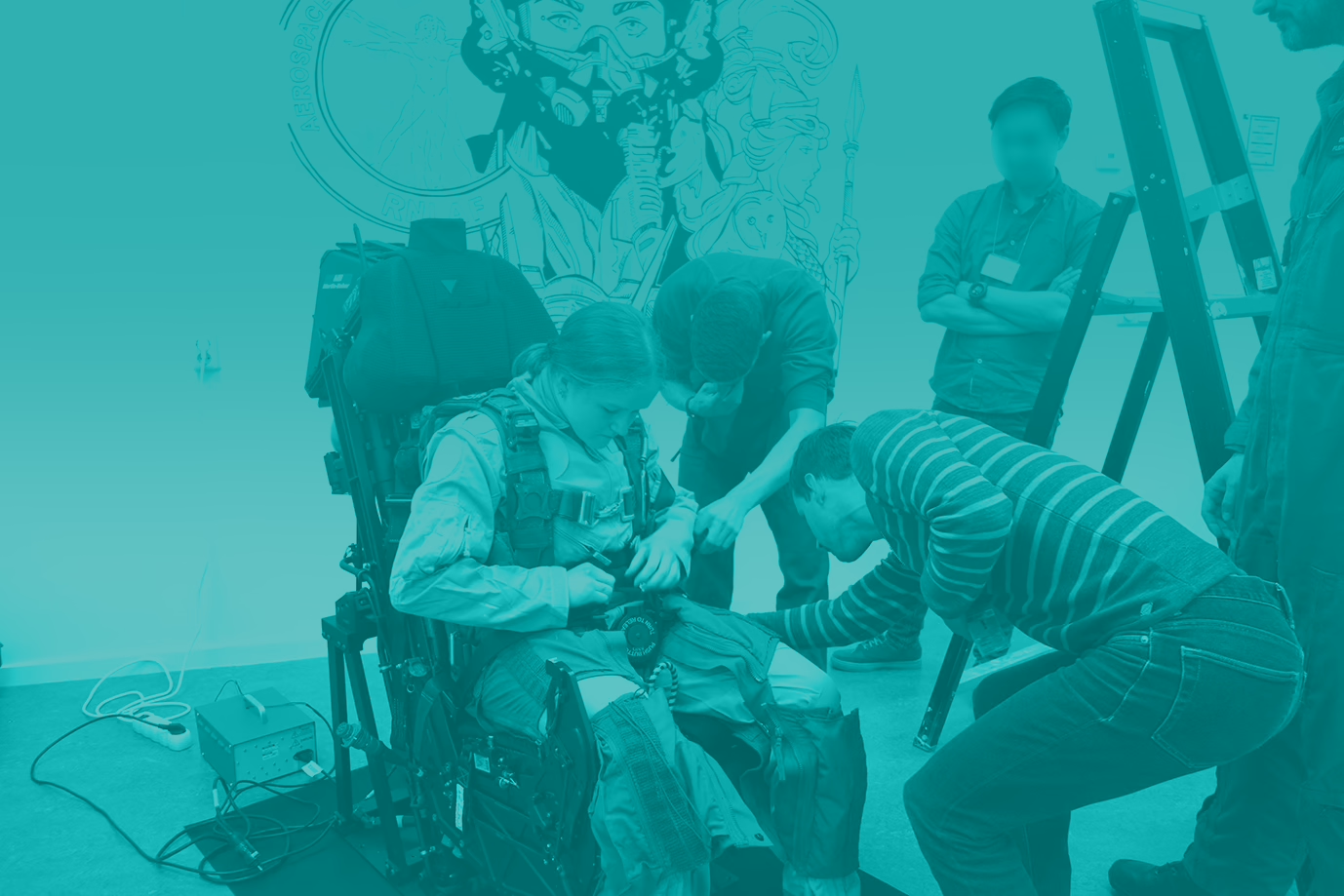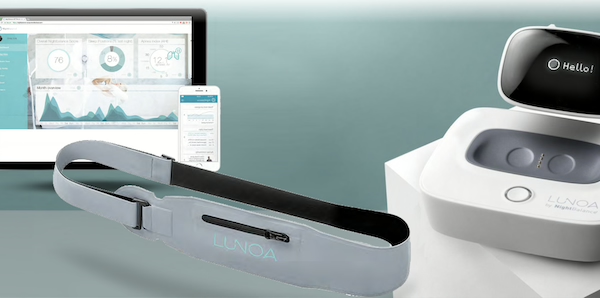
Ergonomics in wearable design plays a crucial role in ensuring that devices are not only functional but also comfortable to wear for extended periods. Wearables like fitness trackers, smartwatches, and medical devices have become an integral part of our daily lives. For these devices to succeed, they must seamlessly integrate into a user’s routine, minimizing discomfort and maximizing usability.
Designing for comfort involves understanding human anatomy and behavior. Factors such as weight, fitness and material choice directly influence how a wearable feels against the skin. At the same time, comfort should not come at the cost of functionality or aesthetics, making ergonomics a delicate balancing act in wearable technology development.
Design principles for comfort
Comfort begins with thoughtful design principles. Successful wearables take into account the contours of the human body and avoid features that could cause pressure points or irritation. For example, curved designs tend to conform better to the body, reducing discomfort during prolonged use.
Another critical aspect is weight distribution. A wearable that feels light and balanced ensures that users barely notice it during use. Devices like headsets or chest straps often employ even weight distribution to avoid strain on a single area. Adjustable straps, flexible components, and size options also contribute to a snug yet comfortable fit, catering to a wide range of users.
Materials that enhance wearability
The materials used in wearables significantly impact their comfort and durability. Soft, hypoallergenic materials like silicone and certain textiles are popular choices for components that come into direct contact with the skin. These materials prevent irritation, especially during physical activities like workouts.
Breathable fabrics and moisture-wicking materials are also essential for wearables intended for extended use. They allow airflow and prevent the buildup of sweat. Additionally, lightweight metals and polymers ensure that wearables remain sturdy, without adding unnecessary bulk.
Incorporating eco-friendly and sustainable materials is becoming a significant trend in wearable design, driven by increasing consumer demand for environmentally responsible products. Manufacturers are exploring biodegradable plastics, recycled fabrics, and renewable materials that reduce the environmental footprint without compromising quality or comfort.
This shift not only aligns with user expectations but also positions brands as leaders in sustainability, appealing to eco-conscious customers. For instance, wearables with modular designs allow for easy repairs and upgrades, extending the product’s lifespan and reducing waste.
Additionally, advances in production techniques, such as energy-efficient manufacturing and water-saving processes, further enhance the sustainability of wearable devices.
By adopting these practices, the industry is setting a new standard for creating innovative wearables that are both user-friendly and kind to the planet.
Balancing aesthetics with comfort
The design of a wearable must strike a balance between aesthetics and comfort. While modern designs are visually appealing, they must also prioritize usability. For instance, a slim fitness tracker might look great but can become uncomfortable if it pinches or digs into the skin.
To achieve both style and functionality, designers often use innovative techniques like curved screens, and interchangeable bands. These features enhance the device’s visual appeal while ensuring it remains practical for daily use. Customization options, such as adjustable bands and multiple sizes, further enhance the balance between aesthetics and comfort.
Wearables for all body types: customization and fit
No two users of wearables are exactly the same, which is why customization and fit are vital in ergonomic wearable design. Adjustable components, such as straps or modular pieces, accommodate a wide range of body sizes and shapes. Offering multiple sizes for wearables like smartwatches or chest straps ensures a better fit for users of all builds.
Incorporating flexible or stretchable materials allows wearables to adapt to different body types without compromising comfort. Customization also extends to software features, where users can adjust settings like vibration intensity or sensitivity to suit their preferences. The future of wearables is leaning toward even greater personalization, including 3D scanning for precise measurements and truly tailored designs.
The role of temperature control in wearable comfort
Temperature regulation is a key factor in wearable design, particularly for devices worn close to the skin. Excessive heat can cause discomfort, especially during physical activities or in hot climates. Advanced wearables now integrate temperature sensors and cooling mechanisms to mitigate this issue.
Some devices use materials with thermal conductivity to dissipate heat more effectively, while others employ passive cooling systems or heat-resistant coatings. For medical wearables, maintaining a stable temperature is critical to ensure accurate readings. These advancements allow the wearables of Elitac Wearables to be worn longer, without causing irritation or discomfort.
Reducing wearable device fatigue
Wearable device fatigue occurs when a user experiences discomfort when people use the device for a long time. This is a common challenge in wearables like headsets, chest straps, or devices that rely on tight-fitting components.
Reducing fatigue starts with minimizing the weight of the device. Lightweight materials and streamlined designs ensure the wearable feels less intrusive over time. Soft, flexible straps and adjustable features help distribute pressure evenly, reducing strain on specific areas.
Another important consideration is intuitive interaction. Wearables that require frequent adjustments or awkward movements can contribute to user fatigue. By designing user-friendly interfaces and ensuring effortless interaction, manufacturers can enhance comfort and overall satisfaction.
As wearable technology continues to evolve, ergonomics and comfort remain at the heart of innovation. From advanced materials to personalized fit options, future wearables will aim to be as unobtrusive and enjoyable as possible.
Explore how thoughtful ergonomic design can make all the difference in wearable technology by reaching out to us today. Let’s create wearables that people love to wear!




